Aberdeen Science Centre & Family Learning Group
Aberdeen Science Centre worked with a Family Learning Group supported by Aberdeen City Council.
Who did you work with?
Aberdeen Science Centre worked with a Family Learning Group supported by Aberdeen City Council
Had you worked together before?
We had worked with some of the Family Learning practitioners with previous workshops. One of the practitioners we have worked with many times.
What goals, values or priorities did you share with your partner that meant you worked well together?
Aberdeen Science Centre and the Family Learning staff value inclusion, equity and opportunity as shared priorities when working with community groups. Family Learning were enthusiastic about working with us due to these shared values and also as an opportunity to bring the families involved to the science centre which would be financially difficult without the funding from this project.
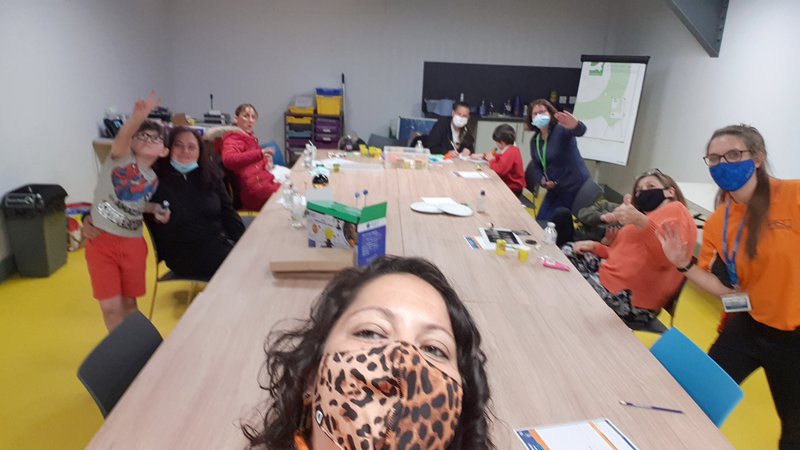
Can you summarise the aims of your project delivery in 2(ish) sentences?
The aims of this project were to:
- To work with the families to spark interest, involvement and belonging in science and STEM.
- To give the families the opportunity to lead the workshops in the direction that interested and benefitted them the most.
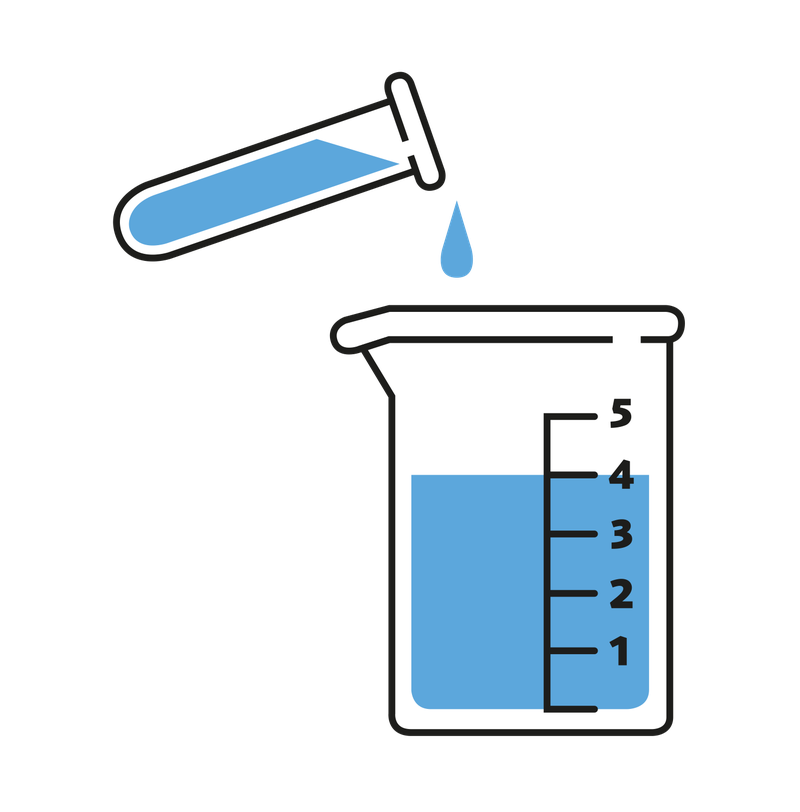
How co-produced was your programme?
- Information shared (the offer is decided and provided by you as the lead partner and people join to hear information)
- Consultation (the community partner/participants choose from a range of options, involving listening, feedback and discussion, but broader project objectives and delivery are led by you)
- Deciding together (community partners/participants support the creation and design phase, bringing new options and joint decision-making. Delivery and evaluation/reporting is led by you as the lead partner)
- Acting together (involvement of community partner/participant at each stage - from the planning and design, to the delivery and evaluation – with shared decision-making that forms a partnership to carry out the full programme)
- Supporting independent community interest (supporting partner agency, including offered funding, advice, and support to develop the independent ideas and agendas of the community partner).
Can you note down some of the benefits and challenges to working this way?
It is challenging to go into a workshop without a set plan. We worked around this by having a lot of potential interactive activities available. These were used in accordance with where interests lay and what the group wanted to do. The first workshops were more structured and they become more flexible with each week. Loose plans of activities and materials were put in place before the initial workshops along with themes. E.g. Workshop 1 – Space Travel; Workshop 2 – Space Exploration; Workshop 3 – Living in Space; Workshop 4 – Dangers from Space however, these evolved as the series went on to follow the interests of the group. We did discuss each ‘theme’ each week however, we did not stick to the theme rigidly.
It was beneficial to have flexibility around what was carried out during the workshops and I feel that it gave the children a sense of ownership and involvement by including them in the decision making as to what we were going to do each week. It was challenging to ensure that everybody was getting a say and to ensure that what was decided was benefitting the whole group.
I found utilising snack time as a good time to discuss what the group would like to learn about/activities they were keen to try out as the group were relaxed and chatty at this time and the environment was informal with no pressure to do anything in particular. I had a flip chart listing wishes for the workshops which I would refer to casually during snack time. The children especially were proactive in adding things to the wish list themselves.
We included a favourite activity sheet at the end of every workshop whereby the children could reflect on their favourite activity. We requested that they suggest how they would present the activity as a ‘science communicator’. They could do this through a drawing, story or video. Throughout the series of workshops the children were consistently asked how they would present an activity and to think about which activity they would like to present. The information they entered was not hugely informative or detailed but it did allow them to reflect back on the workshop and to think about which activities they would like to present and how they would do this.
During the last session, the children were encouraged to present their overall favourite activity of the workshop series. If they weren’t confident enough to do this themselves they could do it alongside their parent/carer or alongside myself or Vanessa (ASC Staff). The children engaged well with this, however, were reluctant to present activities by themselves. They were in general, enthusiastic to lead the activity with guidance. There was one child that didn’t want to present the activity, however, she was also upset about the workshop series ending, so this may have contributed to her lack of engagement whereby she had previously been very engaged.
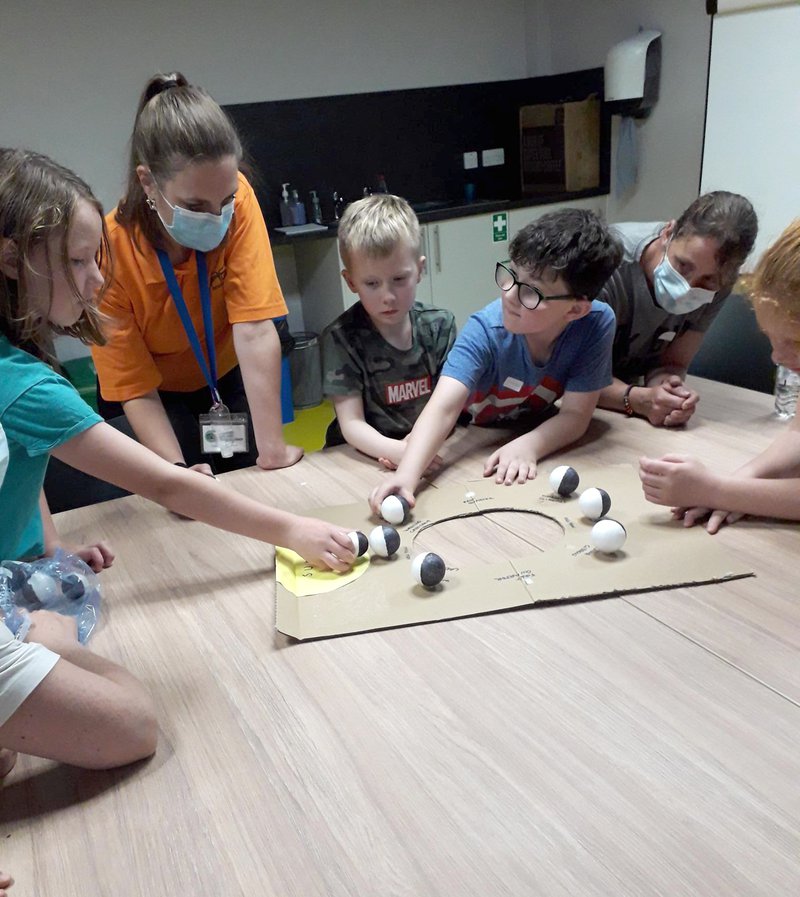
What was the science link?
Every week we provided a ‘fun facts’ sheet which was in line with the general themes of the workshops. We included lots of STFC links and also focussed on topics the group had asked about. For example, one boy wanted to know about quasers so we included a section about quasers on the sheet.
‘We were made very welcome at the science centre.’
from a parent
What happened?
One of the children stated that he wants to work at the science centre when he grows up. Although simple, having the children contribute to the wish list of activities on a flip chart was a great way to engage and give the children a sense of ownership over what we would be doing. Having a series of workshops really allowed us to build up a good relationship. We gave the families tickets for a free Community Day we had planned and 4 out of 5 families attended the Community Day (6 families attended the series of workshops but one family didn’t attend the last session so unfortunately they didn’t receive a ticket).
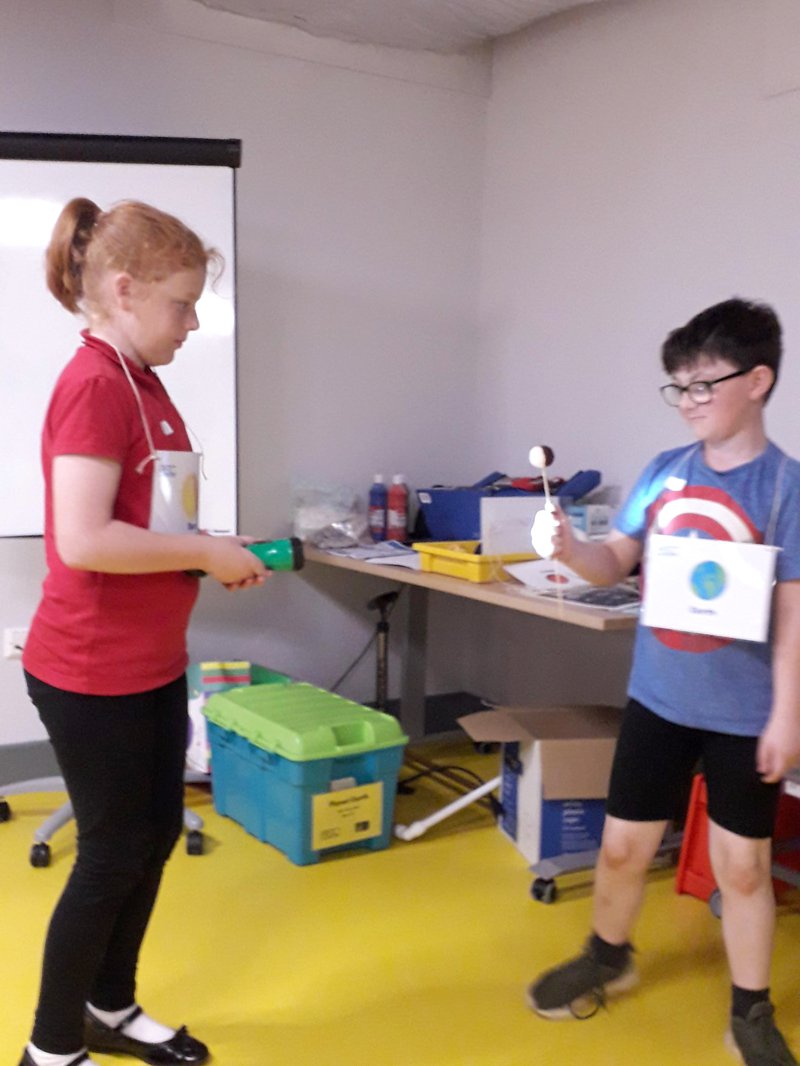
‘We would love to be involved with more workshops.’
from the practitioner
What challenges might lie in wait for someone wanting to replicate this project?
Tailoring it towards the groups interests. We wouldn’t replicate exactly the same format with these workshops. Instead, through an introductory session with lots of hands on materials and activities available we built relationships with the group and included them in decision making for activities for future workshops.
Were there any surprises?
How easy it was to deliver the workshops in a co-development format. It was a bit scary to not have a set plan but it worked a lot better than I had anticipated.
How did you capture/measure the impact for this project?
We used an EYU feedback form along with a simple form which we developed. The form we developed was very simple with a rating question for the workshop for quantitative evaluation; Describe the workshop in 3 words – allows for a word cloud to be made for the workshop; how would you describe the workshop to a friend; any other comments.
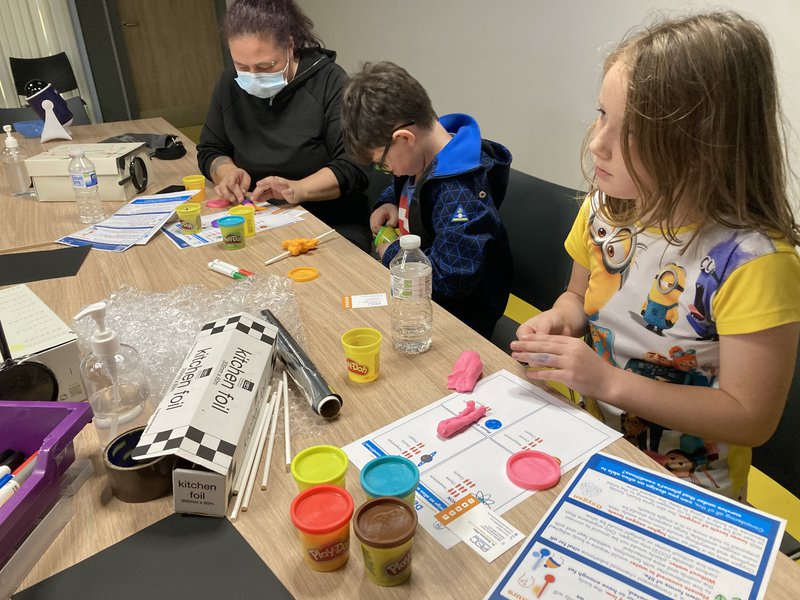
Where is the long-lasting change?
Almost all of the children have returned to the science centre either at the community event or independently. We gave each child a ‘Planetarium’ book, authored by London Science Museum which they were very happy with. One child stated that she didn’t have any books at home.
